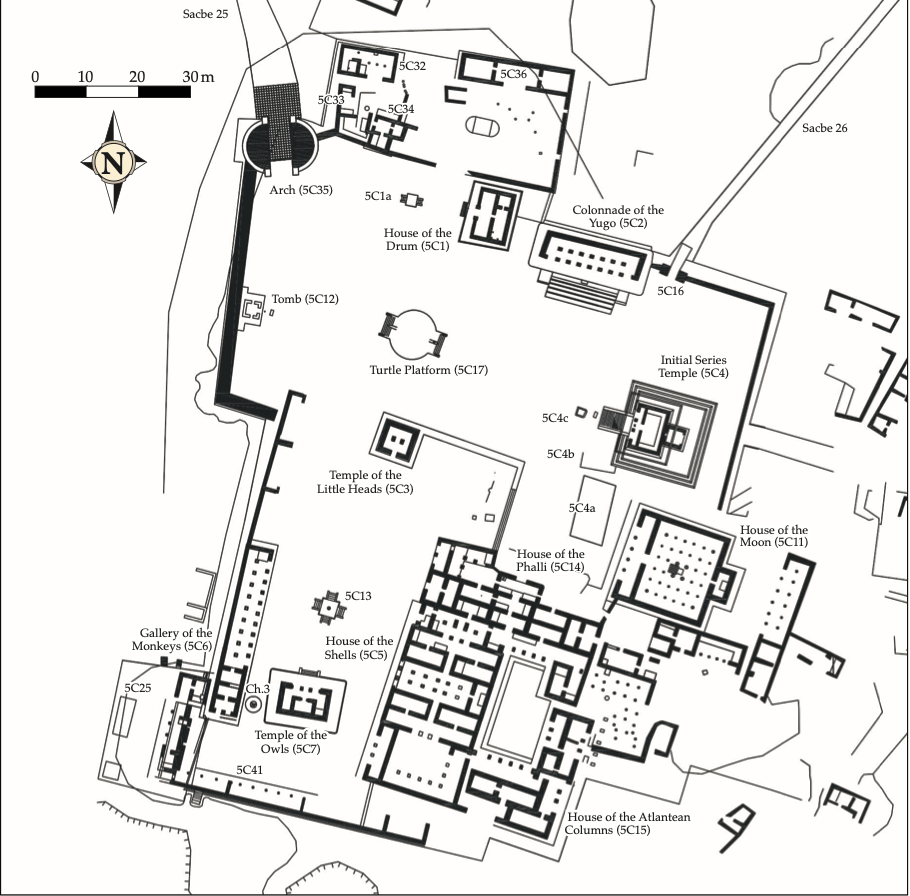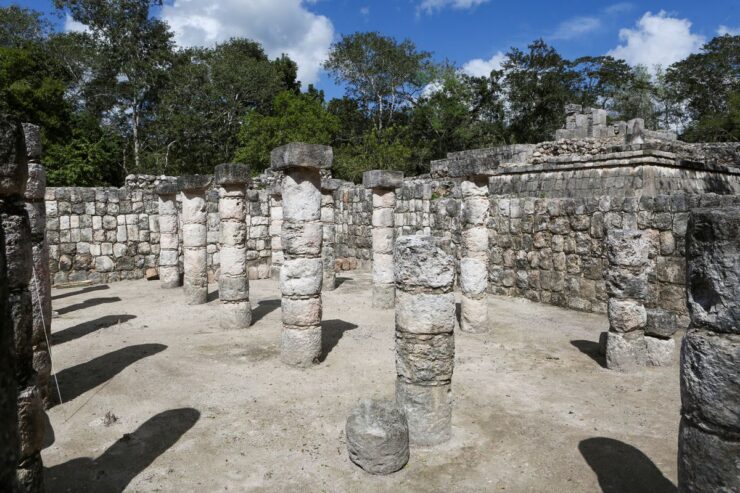At the archaeological site of Chichen Itza, a famous Mayan ruin on Mexico’s Yucatan peninsula, a group of structures believed to be part of a residential complex inhabited by the city’s elite in the 5th century AD have been unearthed.
Archaeologist Francisco Perez Ruiz said that since there were no known settlements at Chichen Itza, this residential complex would be “the first group of settlements where a ruler lived with his entire family.”
The discovered complex includes the entrance arch, the House of the Snail, the House of the Moon and the Palace of the Phallus. In 1926, George Vaillant conducted the first comprehensive archaeological survey of the site. Vaillant called the Snail section the House of Shells, but it was later renamed the Snail Temple by Karl Ruppert. The Moon House was named after the discovery of an extraordinary monument depicting a rabbit sitting on a crescent moon.
Chichen Itza is a pre-Cristopher Columbus Mayan city on the Yucatán Peninsula, between Valladolid and Mérida. It was probably once the religious center of Yucatán. Today it is one of the most visited archaeological sites in Mexico.
According to the news of Reuters, researchers from the National Institute of Anthropology and History (INAH) hope that this site, and parts of it that have yet to be discovered, can provide information about what life was like for people living in the city. Archaeologist Jose Osorio Leon thinks there are more groups of settlements yet to be discovered. “The study of the peripheral groups around the center can tell us about other families, other groups that made up this great city,” he said.



In 2018, a second pyramid was discovered in the region, hidden deep inside the famous Kukulkan pyramid, which is 24 meters high and was built in a system based on astronomy and mathematics. Teams investigating the pyramid to unravel the mysteries announced that they had also found a tunnel leading to a large underground cave filled with water.
According to official data, about 2 million people visit the Chichen Itza site in southeastern Mexico every year. Less than a kilometer from the main structures of Chichen Itza is the archaeological zone known as Chichen Viejo, which includes several ancient Mayan structures. It is expected to be connected to the visitor area of the UNESCO World Heritage Site of Chichen Itza in the near future. Chichen Viejo is not currently open to the public, but many parts of Chichen Itza can be explored by visitors. We look forward to the new information and new mysteries that will emerge as a result of the research.
